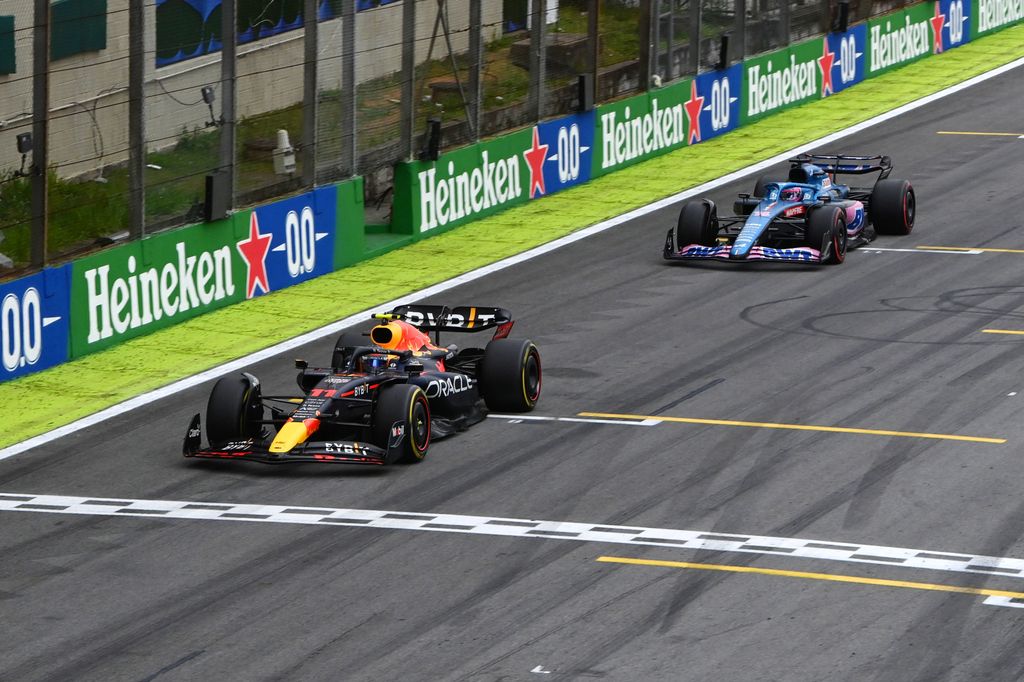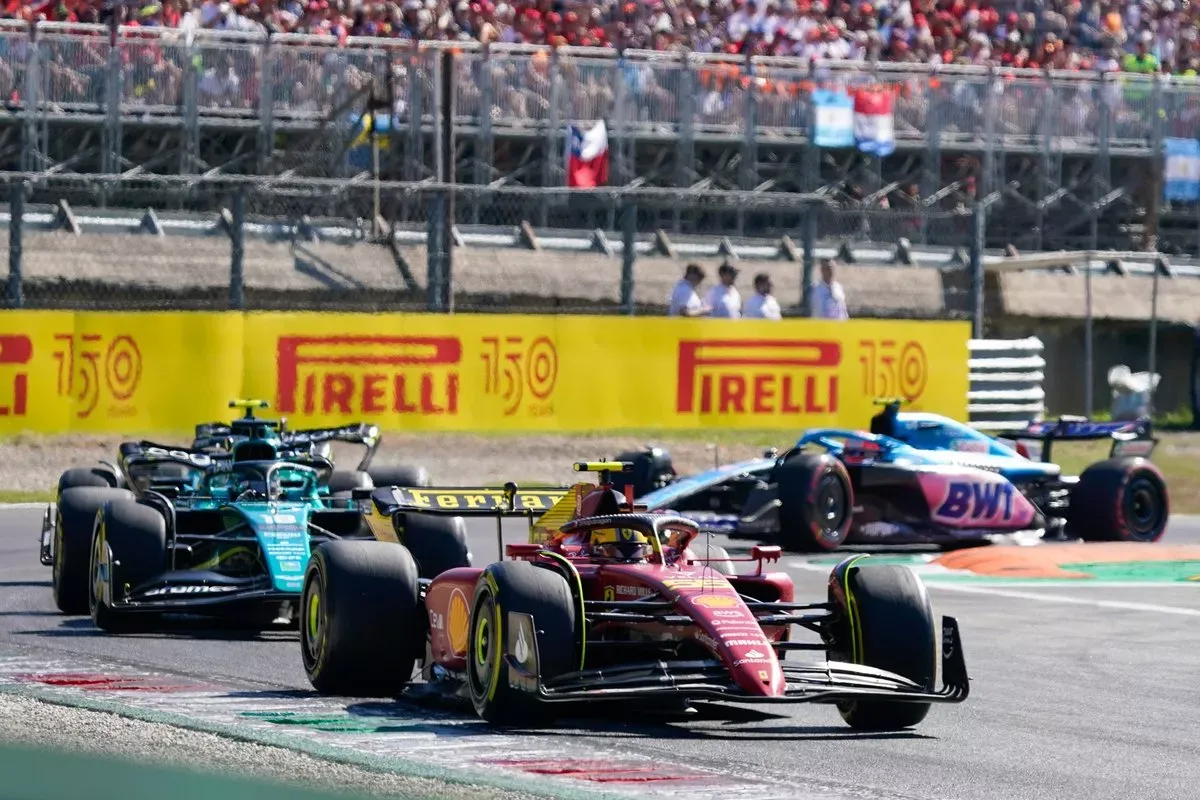Formula One News
Formula 1’s active aero plans for 2026 could include the idea of handicapping the car performance of race leaders to help prevent runaway wins.

Grand Prix racing’s chiefs have openly been looking at introducing active aero from the start of the next rules era from 2026.
This was originally spoken about as a way of helping improve fuel efficiency, with cars able to have low drag configuration for the straights and then switch to a high downforce setup for the corners.
But F1 is evaluating going much further than that and using active aero to help improve the spectacle.
This would most likely be as a means for it to be used as an effective replacement for DRS in helping boost the performance of chasing cars - through either less wing on the straights or even more in the corners.
However, there is also an idea being evaluated for it to be implemented as a means of holding back the race leader so he faces a tougher challenge from behind.
F1’s outgoing managing director of motorsport Ross Brawn has revealed that some thought is being given to potentially using it as a way of reducing the downforce of race leaders to ensure they cannot break clear easily.

Speaking in an exclusive interview with this week’s Autosport magazine, Brawn said that F1 chiefs had begun thinking up how best active aero could be used.
“One of the big things about the 2026 car is whether we have active aerodynamics,” said Brawn. “I think that’s an efficiency step which is very appealing.
“It’s still got to be sorted to see how that can be done, and if it can be done safely and predictably. But, active aerodynamics, we semi have them at the moment with DRS, as DRS is active aerodynamics.
“But can you do something much more significant?
“If you have active aerodynamics, then of course you could affect the car in front. You could have a proximity [that] once you get within a certain degree, the car in front loses a little bit of downforce and you gain a little bit of downforce. There’s tricks you can play with that. It becomes an opportunity.
“I’m not saying we would do that, but it becomes an opportunity. So, the 2026 car is lessons learned from what we have now and I think we’ll incorporate some form of active aerodynamics.”
This active aero idea, what could be termed ‘reverse DRS’ in reducing aerodynamic performance for a car, would need carefully evaluating before being implemented.
But Brawn said a team of experts at the FIA, including head of aerodynamics Jason Sommerville who has moved across from F1, were well prepared to dig deep and fully understand the implications.
“We concluded in the end that was better placed under the FIA, because they would have total access to data,” he said about Sommerville's move there. “There’d be no confidentially concerns. Not that there were, but now we’re in the implementation phase, Jason and his people need to see real car data. And within the FIA they can do that.
“They’re very committed to raceability. I sometimes get a text… like in the sprint in Brazil, Jason texted me [saying]: ‘Fantastic race, really pleased to see the cars racing so well,’ and this sort of stuff. So, they’re passionate about making sure we have raceable cars now. They’ve seen the light.”